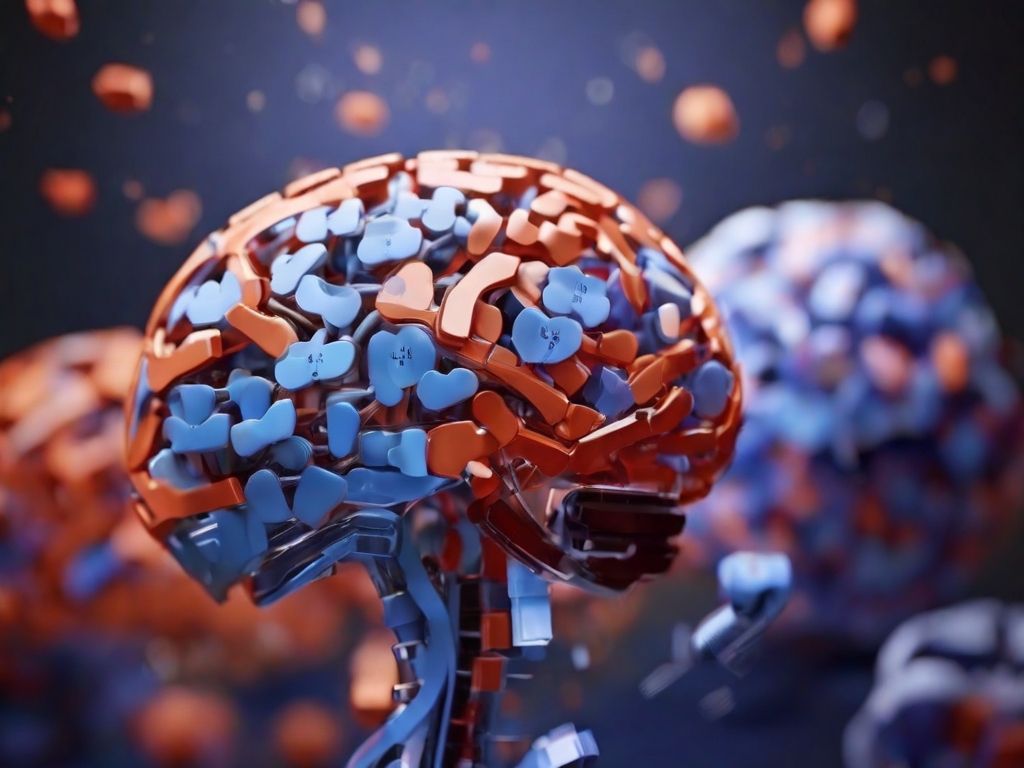University of Texas (UT) researchers have harnessed the power of artificial intelligence (AI) to revolutionize the production of a medication crucial in treating Alzheimer’s and dementia symptoms. Their breakthrough study, published on March 7, unveils AI-driven tools designed to expedite the manufacturing process of galantamine, an essential compound derived from daffodils.
AI-powered fermentation process
Led by Simon d’Oelsnitz, a former UT postdoctoral researcher now at Harvard Medical School, the research team aimed to streamline the laborious and yield-dependent extraction process of galantamine from daffodils. D’Oelsnitz likened the endeavor to fermenting beer, envisioning a more secure and cost-effective means of production. Leveraging AI tools and biosensors, the team embarked on engineering microbes to ferment the medication, marking a significant departure from traditional extraction methods.
Daniel Diaz, a UT postdoctoral scientist leading the Deep Proteins group at the Institute for Foundations of Machine Learning, spearheaded the development of MutComputeX, an AI system tailored to identify protein mutations capable of tripling the production rate of galantamine. Diaz’s innovative approach involves isolating proteins from daffodils that are responsible for synthesizing the drug and mimicking their functions in a lab setting.
Protein engineering unraveled
Employing a protein engineering technique, Diaz elucidated the pivotal mutations within daffodil proteins conducive to galantamine production. Drawing parallels to a mathematical function, Diaz explained the AI-based process as akin to solving for y=f(x), wherein proteins act as independent variables (x) and galantamine production as dependent variables (y). This methodology elucidates how protein mutations catalyze galantamine synthesis, paving the way for efficient replication in laboratory settings.
While synthetic methods for galantamine production exist, they are prohibitively expensive. Extracting the compound from daffodils offers a more economically feasible alternative, albeit constrained by the plant’s growth cycles, exacerbated by climate change. D’Oelsnitz emphasized the urgency of their research in light of these challenges, highlighting the potential of AI-driven fermentation techniques to mitigate production constraints and address the rising demand for Alzheimer’s medications.
UT researchers have forged a path toward enhancing Alzheimer’s medication production through AI-driven innovation. By leveraging advanced computational methods and protein engineering techniques, they have not only streamlined galantamine production but also laid the groundwork for future advancements in bioengineering. As awareness grows surrounding the potential of AI in pharmaceutical manufacturing, the bioengineering community stands poised to capitalize on these transformative technologies.
With this groundbreaking study, UT researchers have not only accelerated the production of Alzheimer’s medication but also set a precedent for leveraging AI in pharmaceutical manufacturing. As the field continues to evolve, the integration of AI-driven solutions promises to revolutionize drug development and production processes, offering hope for more accessible and cost-effective treatments for neurodegenerative diseases.
Land a High-Paying Web3 Job in 90 Days: The Ultimate Roadmap
